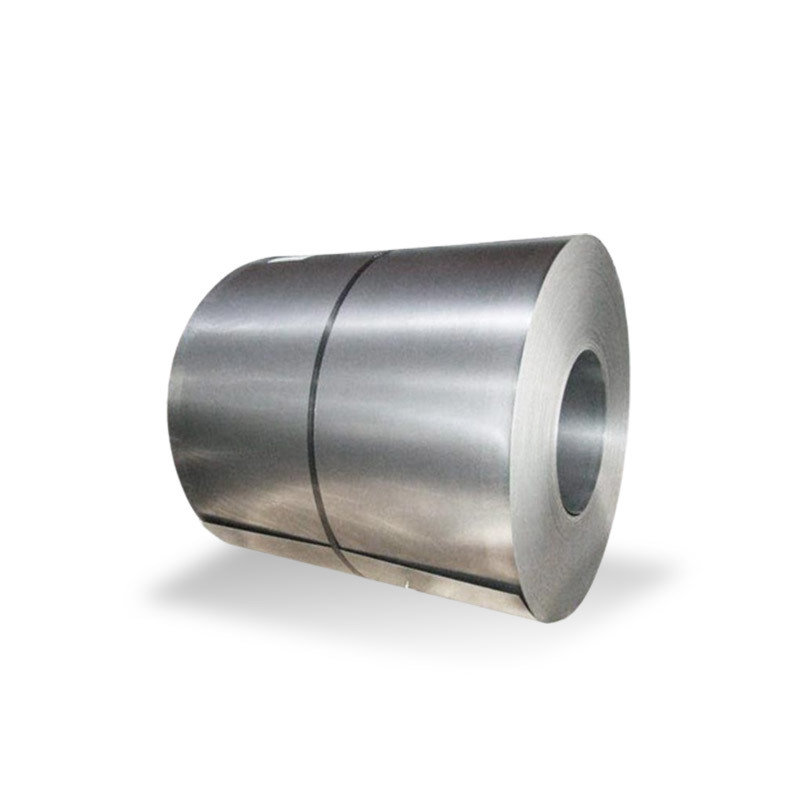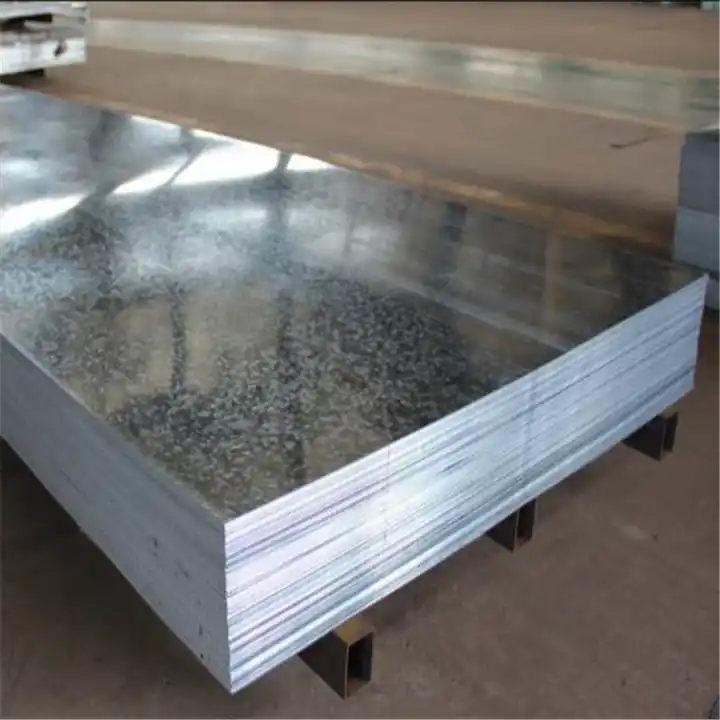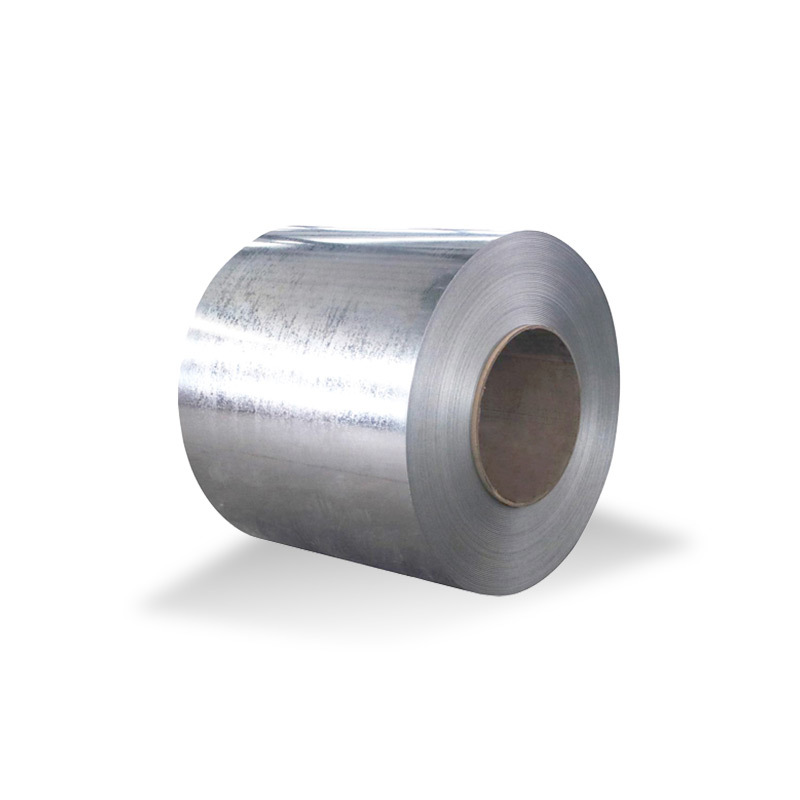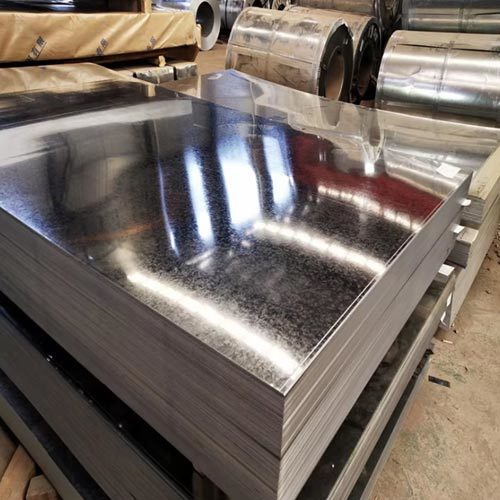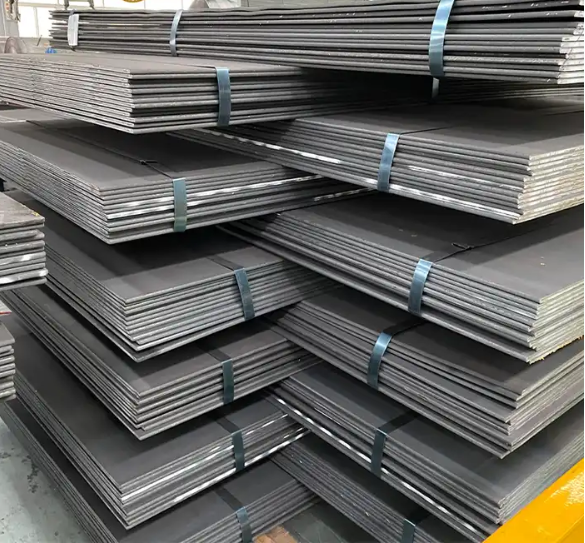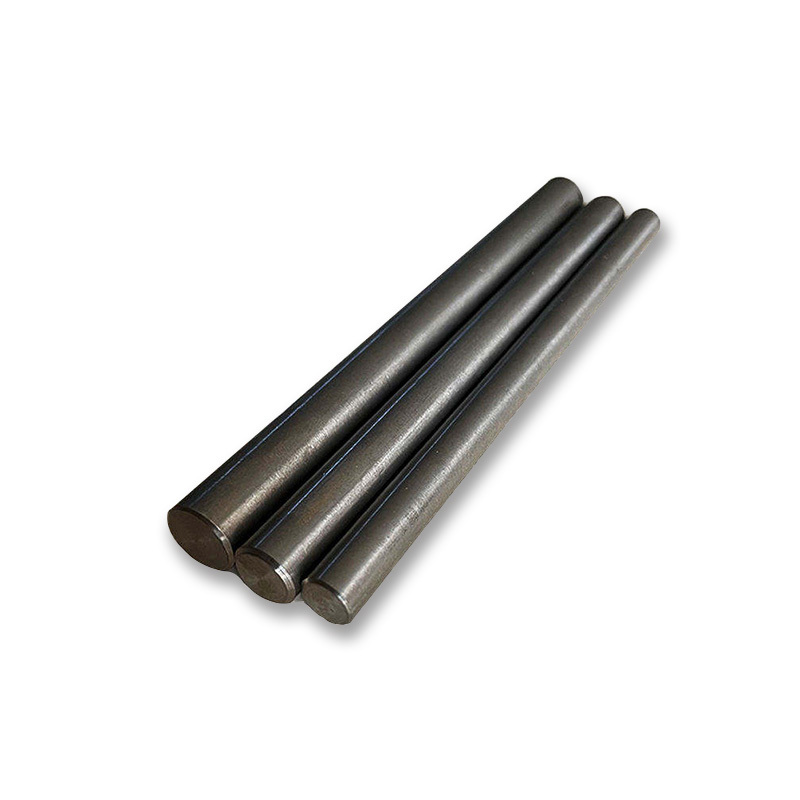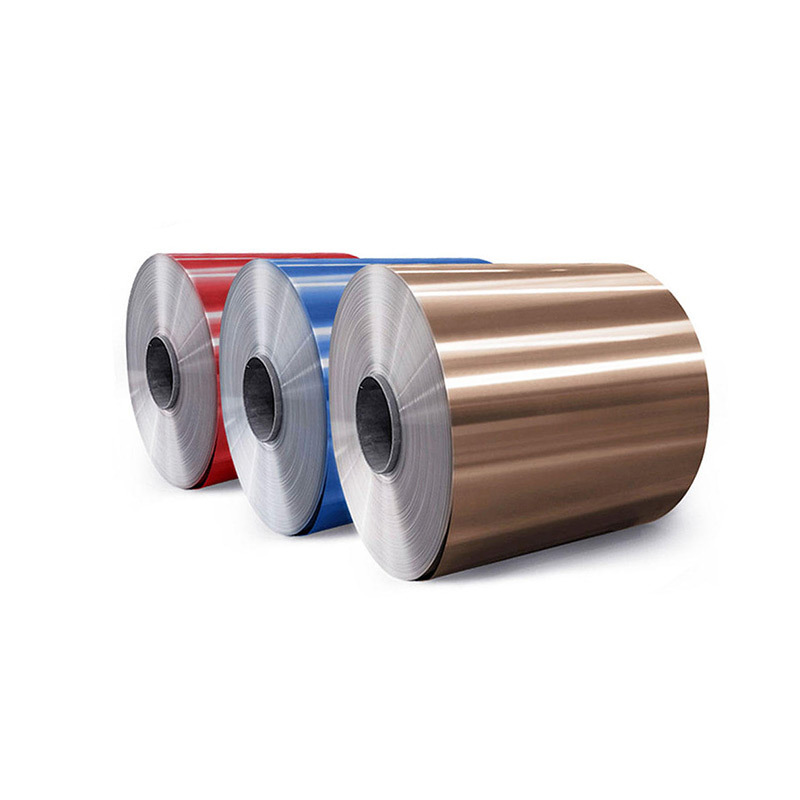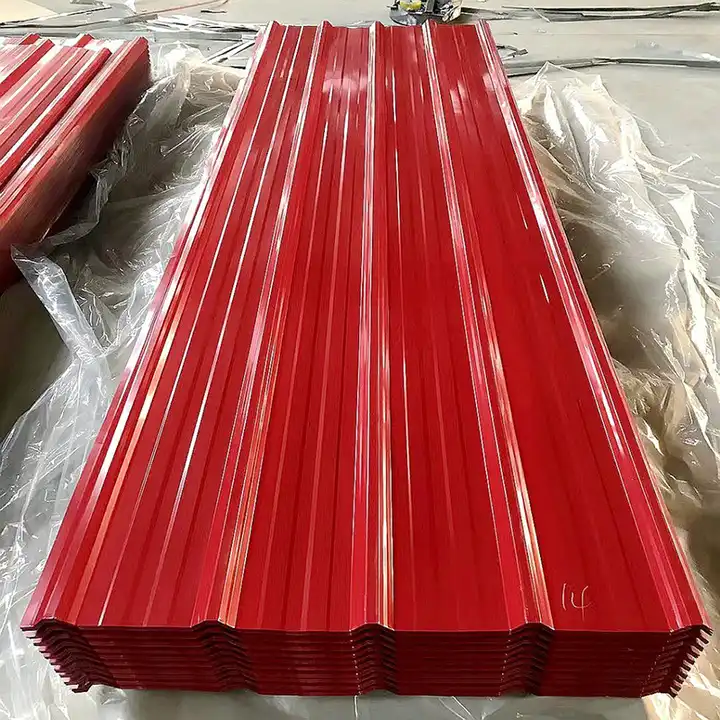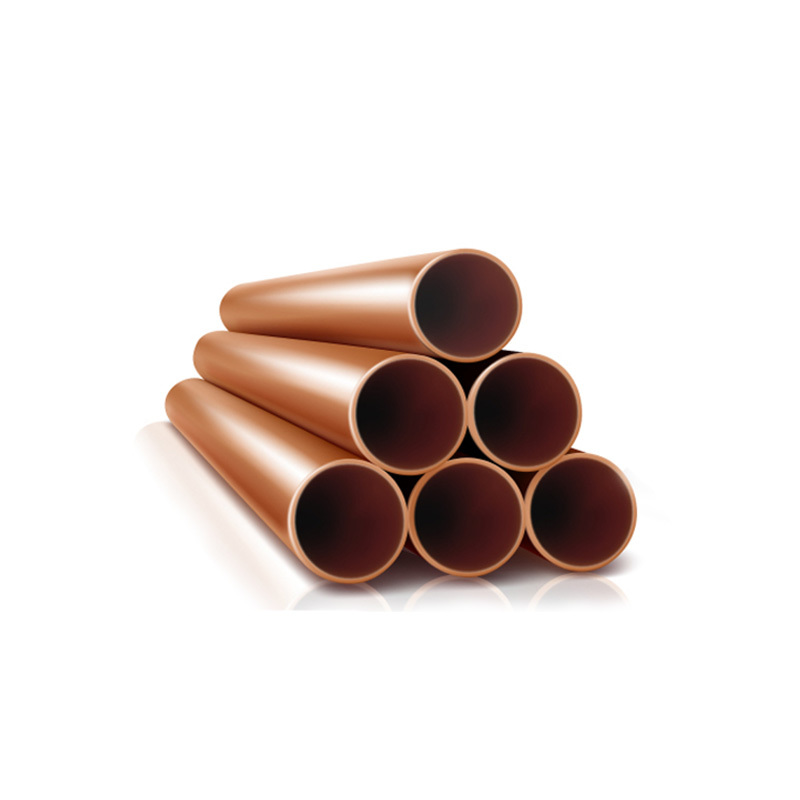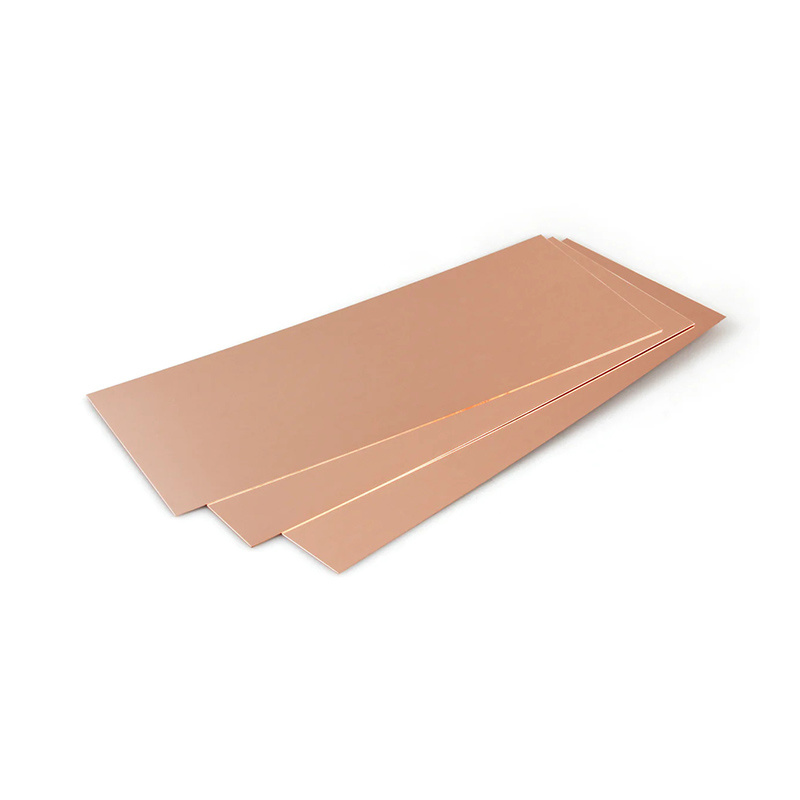PRODUCT CENTER
CONTACT US
If you are interested in cooperation, please contact us immediately, we will give you feedback as soon as possible!
Galvanized steel is a type of steel that is coated with zinc for protection by an electroplating process. The galvanized layer is applied to cold rolled steel at low temperatures. So EG steel is also known as cold galvanized steel. Through electrolytic galvanizing, a uniform and dense zinc layer is finally formed on the surface of the steel, but the mechanical properties of the material are still maintained. Electrogalvanized steel is usually sold in coil or sheet form. EG coil is a kind of material that can be cut, slitted and profiled for other purposes.
Galvanized steel is a type of steel that is coated with zinc for protection by an electroplating process. The galvanized layer is applied to cold rolled steel at low temperatures. So EG steel is also known as cold galvanized steel. Through electrolytic galvanizing, a uniform and dense zinc layer is finally formed on the surface of the steel, but the mechanical properties of the material are still maintained. Electrogalvanized steel is usually sold in coil or sheet form. EG coil is a kind of material that can be cut, slitted and profiled for other purposes.
Galvanized zinc coil is based on cold-rolled steel plate, which is solidified by 55% aluminum, 43.4 zinc and 1.6 silicon at 600 ℃. It combines the physical protection and high durability of aluminum with the electrochemical protection of zinc. Also known as aluminized zinc steel coil.
Galvanized zinc coil is based on cold-rolled steel plate, which is solidified by 55% aluminum, 43.4 zinc and 1.6 silicon at 600 ℃. It combines the physical protection and high durability of aluminum with the electrochemical protection of zinc. Also known as aluminized zinc steel coil.
1050 aluminum alloy is formed by adding a small amount of copper in pure aluminum, which has excellent forming characteristics, high corrosion resistance, good weldability and electrical conductivity. It is widely used in products with low strength requirements, such as chemical instruments, sheet metal processing parts, deep drawing or spinning concave vessels, welding parts, heat exchangers, clock surface and disk surface, nameplate, kitchen utensils, decorations, reflective appliances, etc.
ASTM A633 steel includes four grades: A, C, D, and E, of which the thickness of grade C can reach 4 inches and the thickness of grade E can reach 6 inches. ASTM A633 steel specification is based on the standard specification for standardized high-strength low-alloy structural steel plate, which requires high notch toughness under low temperature conditions.
A36 is a low-carbon steel containing trace amounts of manganese, phosphorus, sulfur, silicon and other elements such as copper. A36 has good weldability and high yield strength, and is the most specified structural steel plate by engineers. ASTM A36 is most commonly manufactured as a variety of structural steel parts. This grade is used for welded, bolted or riveted construction of bridges and buildings, as well as for general structural purposes. Due to its lowest yield point, A36 can be used to design lighter-weight structures and equipment, and provide good weldability.
Color Coated Steel Coil for Household Appliances
The color coated steel plate for household appliances has good processing performance and decoration performance. It is widely used as the front panel, side panel, rear panel and inner panel of household appliances. Due to its rich colors and high production efficiency, color-coated steel plates are widely used in exterior walls, roofs, interior decoration, doors and windows, etc. They are also very popular in transportation, home appliances and other fields. The home appliance color coated steel plate uses a special finish to make the surface shiny. The front panel is coated with high molecular linear oil-free polyester resin, and the rear panel is coated with modified epoxy coating.
Corrugated color roof is a lightweight, strong, anti-corrosion building material. It is made of color-coated steel plate and designed in different styles, such as wavy, trapezoidal rib, tile, etc. In addition, our corrugated steel roof panels are available in many colors and sizes. Not only that, we also provide customized solutions to better meet your needs. Our color coated roof panels are suitable for many applications, such as garages, industrial workshops, agricultural buildings, barns, garden sheds, etc.
C10100/TU2C10100 oxygen-free copper cold and hot workability are excellent. Good forgeability. It can be used as a bus bar, waveguide, electron tube lead-in line and anode, vacuum seal, transistor components, speed control tube, microwave tube, rectifier.
C11000/T2 is pure copper, also known as copper, copper has good electrical conductivity, thermal conductivity, corrosion resistance and processing performance, can be welded and brazed. Contains less impurities to reduce electrical conductivity, thermal conductivity, trace oxygen has little effect on electrical conductivity, thermal conductivity and processing properties, but it is easy to cause "hydrogen disease". It is not suitable for processing (annealing, welding, etc.) and use in a reducing atmosphere at high temperature (such as> 370 ℃).
C11000/T2 is pure copper, also known as copper, copper has good electrical conductivity, thermal conductivity, corrosion resistance and processing performance, can be welded and brazed. Contains less impurities to reduce electrical conductivity, thermal conductivity, trace oxygen has little effect on electrical conductivity, thermal conductivity and processing properties, but it is easy to cause "hydrogen disease". It is not suitable for processing (annealing, welding, etc.) and use in a reducing atmosphere at high temperature (such as> 370 ℃).


